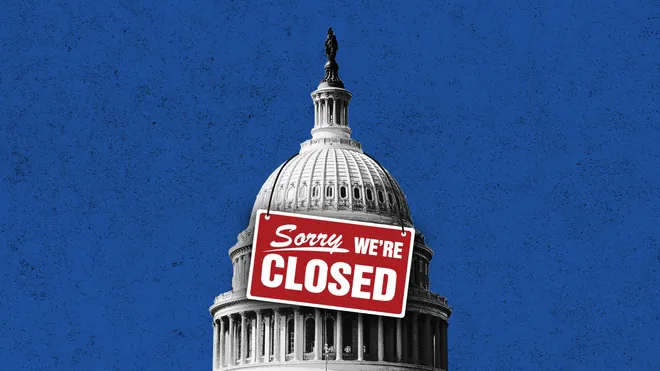Overnight, the U.S. federal government entered a shutdown—yes, it’s real, and its effects are already rippling across agencies, public services, and millions of people. Wikipedia+3ABC News+3The Guardian+3
Here’s what’s happening, why, and what it might mean for people on the ground.
What Does “Government Shutdown” Actually Mean?
A government shutdown occurs when Congress fails to pass appropriations or stopgap funding measures to keep federal agencies operating. Once existing funds run out, many non-essential services must pause and federal employees are furloughed (i.e. temporarily laid off) until a deal is struck.
Importantly, “essential” services (defense, air traffic control, certain health and safety functions) continue operating, though often under strain or with limited staff. The Washington Post+3ABC News+3AP News+3
Why Did It Happen This Time?
The shutdown began because both the Republican and Democratic proposals to fund the government failed in the Senate. The sticking point is disputes over healthcare subsidies, Medicaid cuts, and foreign aid among other budget priorities. Wikipedia+3The Guardian+3AP News+3
Democrats pushed to extend premium tax credits under the Affordable Care Act and reverse Medicaid cuts; Republicans rejected some of those demands, insisting on spending restraint. Wikipedia+3AP News+3AP News+3
Who’s Affected — And How?
Federal Workers & Contractors
Roughly 750,000 federal workers are expected to be furloughed or temporarily laid off. AP News+3AP News+3AP News+3 Others who continue working (classified “essential”) may not be paid until after the shutdown ends.
Contractors and hourly workers tied to federal operations could lose work or income immediately. AP News+2ABC News+2
Public Services & Agencies
- Agencies like the National Institutes of Health, CDC, and parts of the Food and Drug Administration may scale back operations or suspend non-critical functions. Wikipedia+2AP News+2
- National parks, museums, visitor centers may close or run on skeleton staff, depending on funding from entrance fees.
- Social Safety Nets: Programs like Medicare, Medicaid, and Social Security are generally shielded because they’re mandatory spending. However, administrative support and related operations may slow down. ABC News+2Wikipedia+2
- Economic data releases, permit processing, regulatory oversight, and many day-to-day governmental functions may delay or be disrupted.
Broader Economy & Markets
Markets reacted negatively: financial regulators are furloughing the majority of their workforce, which may slow IPO approvals and data releases. Public confidence, investment decisions, and small businesses tied to federal contracting or tourism (especially in areas near national parks) could feel strain. The White House+1
What Happens Next? How & When Will It End
Historically, shutdowns persist until Congress and the President reach an agreement—either a continuing resolution (temporary funding) or a full appropriations bill. Wikipedia+2Wikipedia+2
In this case, the Senate already failed to pass bills to forestall the shutdown. AP News+2AP News+2 Expect negotiations, public pressure, and ideological bargaining to dominate the coming days.
Once a deal is struck, funding is restored, furloughed workers are typically paid retroactively (under laws passed after past shutdowns).

